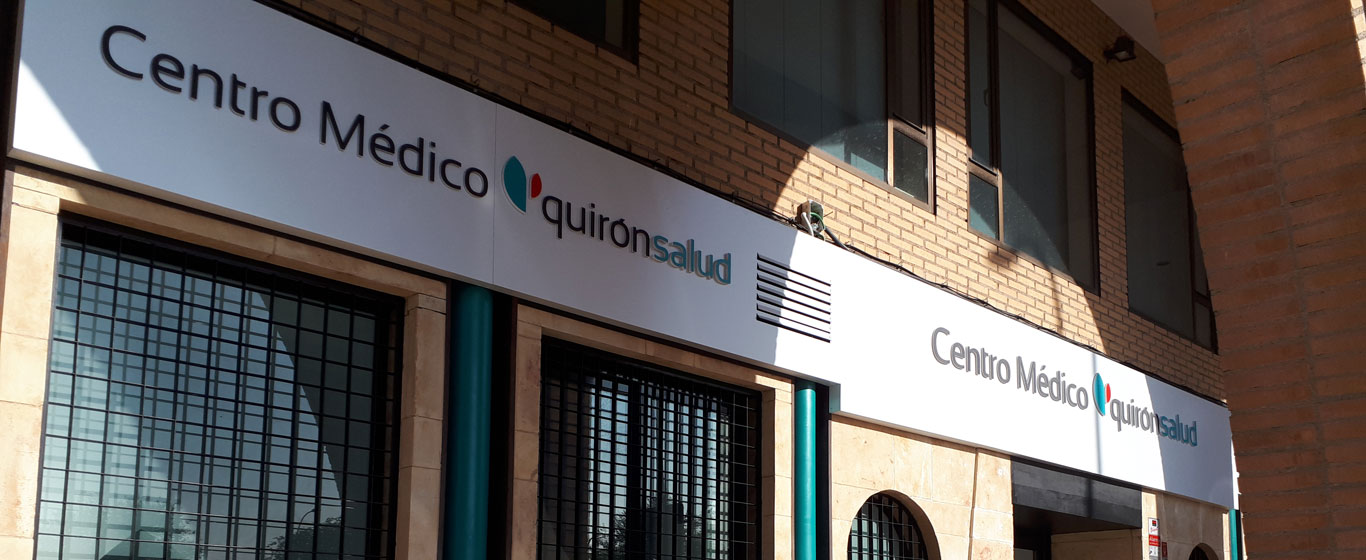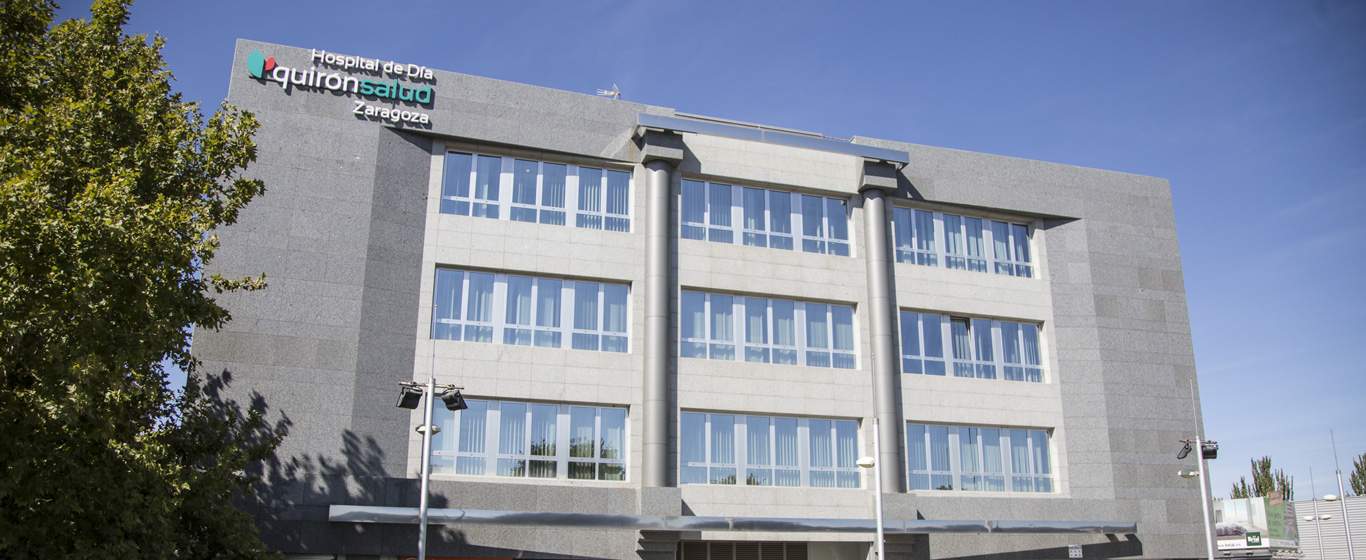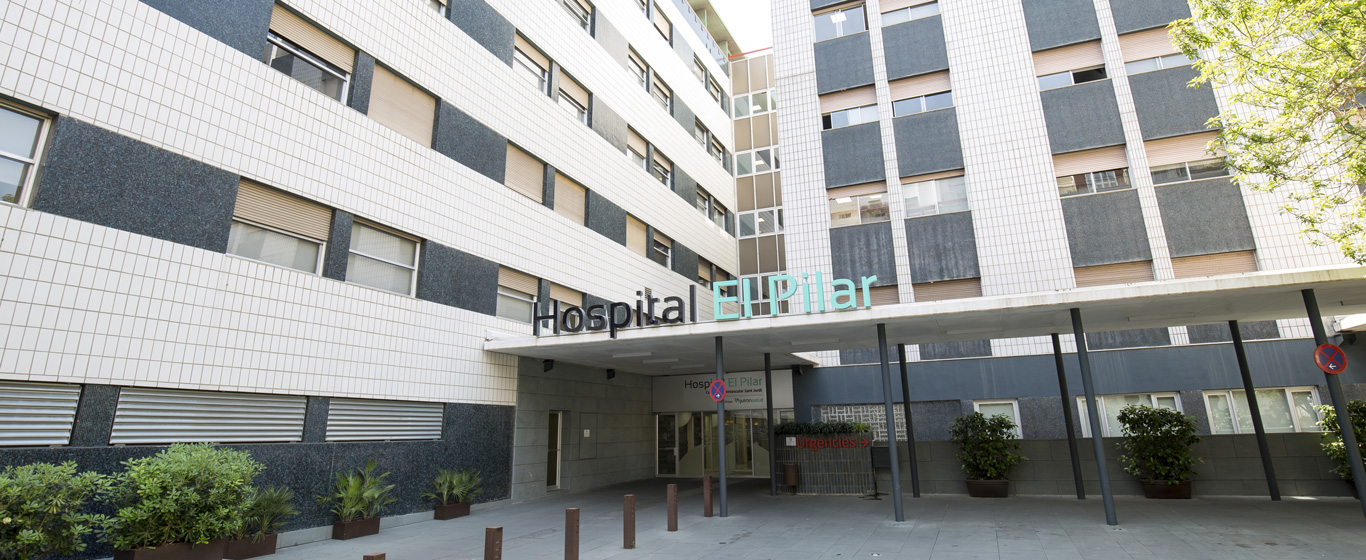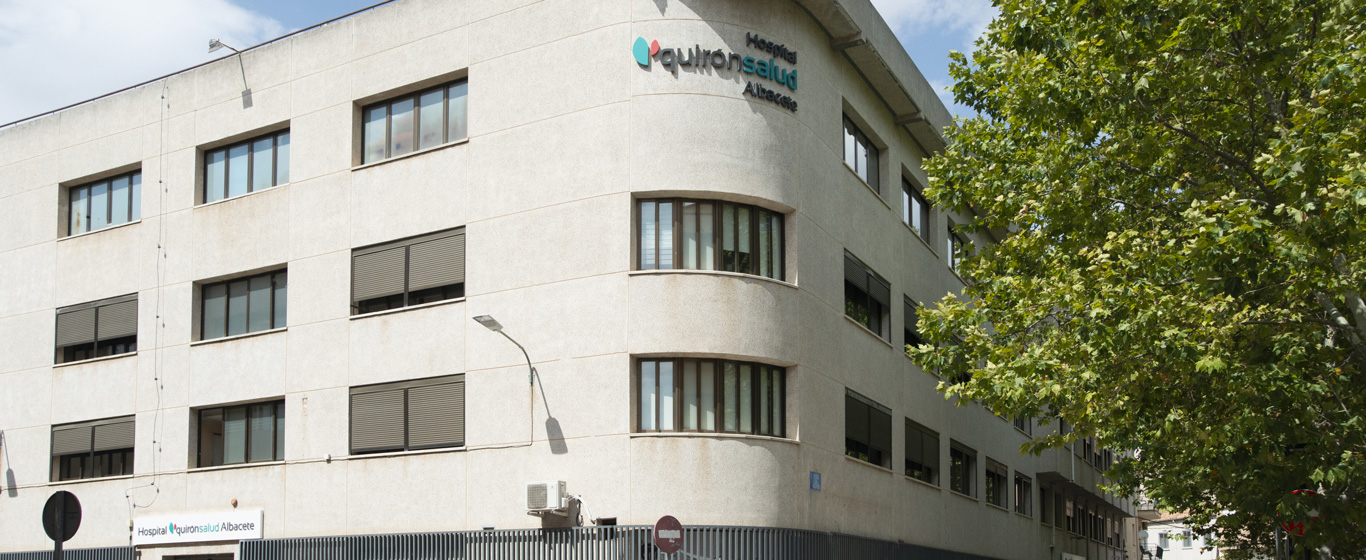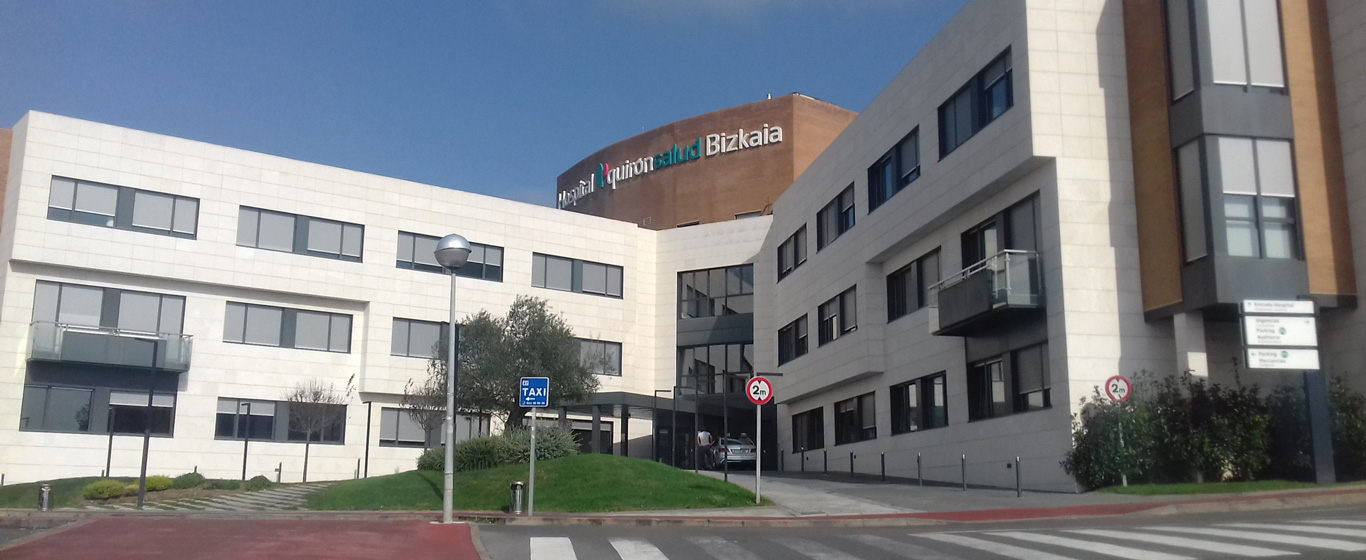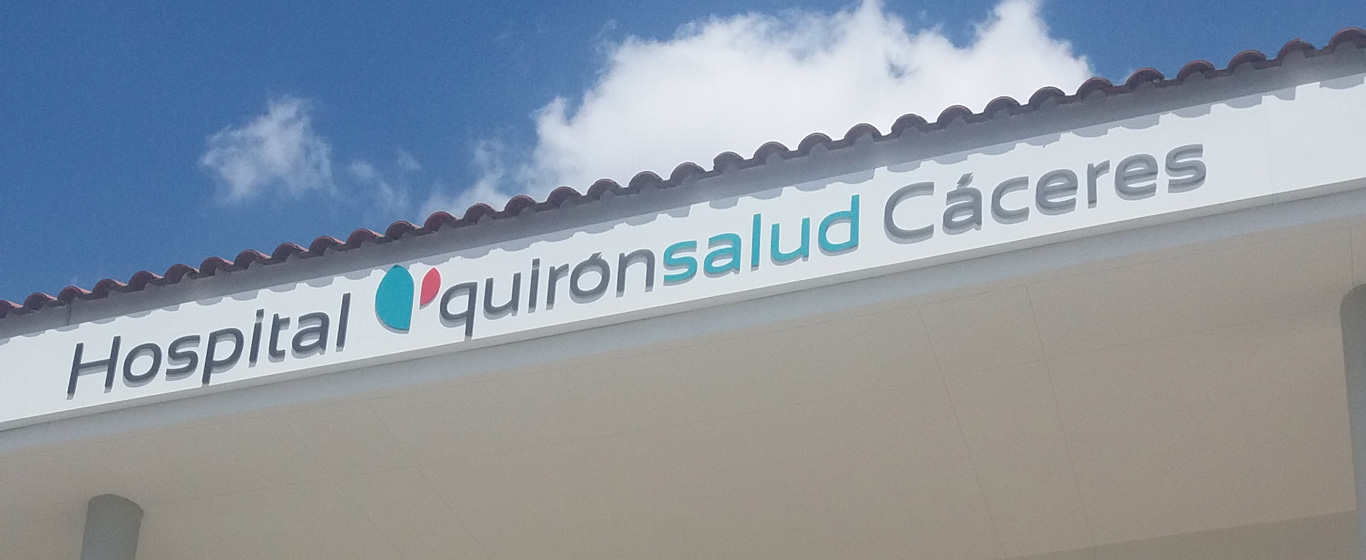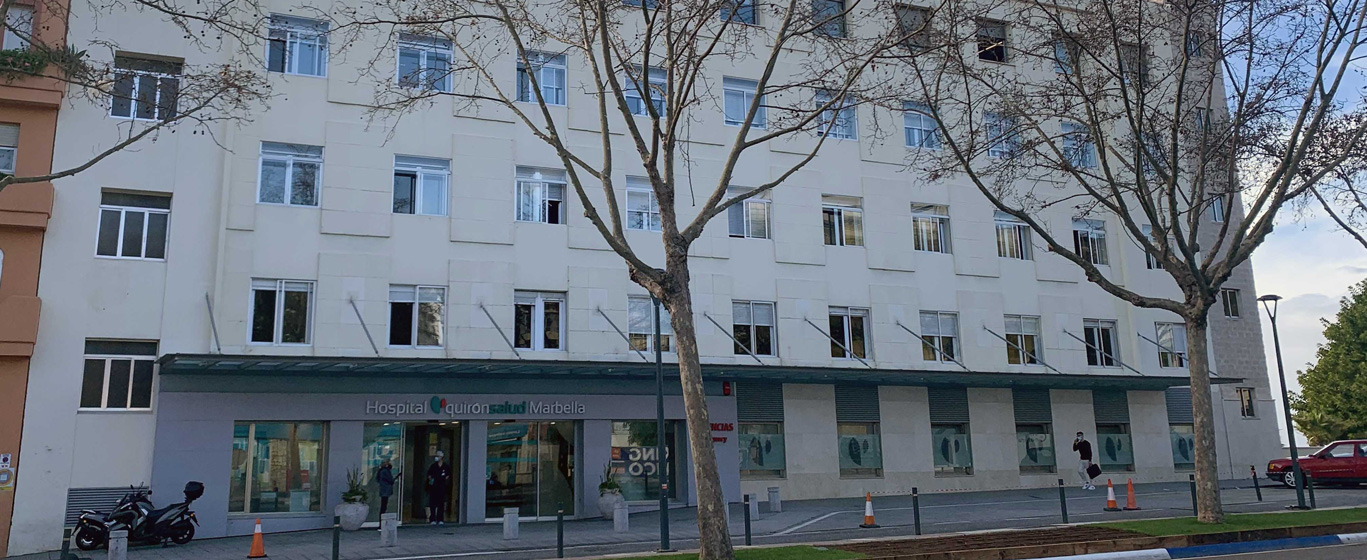Dental Cysts
Why do cysts form in molars? Everything you need to know about dental cysts: causes, types, symptoms, and treatment.
Symptoms and Causes
Dental cysts, or odontogenic cysts, are abnormal growths composed of epithelial and connective tissue, filled with liquid or semi-liquid material, that develop within tooth structures. They are generally benign tumors characterized by slow growth and an expansive tendency.
Based on their origin, dental cysts are classified as follows:
Developmental Dental Cysts: Arise in impacted or unerupted teeth.
- Gingival cyst: Develops in the gum tissue without affecting the bone.
- Keratocyst: Appears in the maxilla, usually in the area of the lower third molar (wisdom tooth) and the ascending mandibular ramus. It has a high recurrence rate.
- Dentigerous or follicular cyst: Forms around the crown of unerupted teeth. It is very common.
- Eruption cyst: Occurs in the mucosa covering a tooth about to erupt. It generally affects children and adolescents.
- Lateral periodontal cyst: Attaches to the root of an erupted, vital tooth. It is very rare.
- Glandular odontogenic cyst: Typically forms in the anterior mandible, often grows large, and has a high recurrence rate.
- Calcifying odontogenic cyst: Develops in the upper jaw, usually in the canine area. It is very rare and may become malignant.
Inflammatory Dental Cysts: Result from inflammatory conditions.
- Radicular or periapical cyst: Forms at the tip of the root of a damaged or infected tooth, usually in the incisors. It is the most common type of dental cyst.
- Paradental cyst: Develops around a partially erupted tooth, often in the wisdom teeth.
- Residual cyst: Typically appears after the extraction of a tooth where a radicular cyst was not completely removed.
Symptoms
Dental cysts are often asymptomatic, especially in their early stages, and may go unnoticed. However, if the cyst becomes infected or grows too large, the following symptoms may appear:
- Defined lump
- Redness or discoloration of the gum
- Sensitivity or pressure in the affected area
- Pain in the affected tooth
- Gum bleeding
Causes
Developmental dental cysts arise from remnants of tissues and structures formed during odontogenesis (the development of teeth). These epithelial remnants can spontaneously proliferate, leading to cyst formation.
Inflammatory dental cysts, on the other hand, develop due to infections or inflammatory processes, such as cavities, pulp necrosis, or periodontitis, which stimulate epithelial proliferation and cyst formation.
Risk Factors
Several factors increase the risk of developing dental cysts, including:
- Chronic infection or inflammation in the mouth
- Poor oral hygiene, which promotes infections
- Dental trauma, which may cause pulp necrosis
- Abnormal tooth development
- Previous dental cysts
- Diseases that affect the inflammatory response, such as diabetes or autoimmune disorders
- Genetics: Certain hereditary conditions, such as Gorlin syndrome, predispose individuals to tumor development
Complications
Although generally benign, dental cysts can cause significant problems if left untreated, depending on their location and size. If they grow too large, they may lead to resorption of the maxillary or mandibular bone, significantly weakening its structure. Root resorption can also result in tooth loss.
Dental cysts may displace surrounding teeth and, in children, interfere with the development and eruption of permanent teeth. Excessive growth may compress nearby nerves, causing persistent pain and tingling. Additionally, cysts can become infected, leading to abscess formation.
Prevention
Several measures can help prevent dental cysts:
- Maintaining proper oral hygiene
- Treating oral infections and inflammatory conditions
- Regular dental checkups to detect and address lesions or infections early and identify cysts at an early stage
Which Specialist Treats Dental Cysts?
Dental cysts are diagnosed and treated by specialists in dentistry and oral and maxillofacial surgery.
Diagnosis
Dental cysts are typically diagnosed through the following procedures:
- Physical examination: Assessment of the oral cavity to detect lumps and evaluate pain or sensitivity.
- Periapical or panoramic X-rays: Used to determine the size and location of the cyst within the bone.
- CT scan: Provides a more detailed image of the lesion’s volume and structural impact if needed.
Treatment
Treatment depends on the type and severity of the dental cyst:
- Root canal treatment: For small cysts caused by pulp infection, a root canal procedure can remove the infection while preserving the tooth.
- Enucleation or cystectomy: Complete removal of the cyst by detaching it from the bone surface. The extracted cyst may be biopsied to confirm its benign nature.
- Marsupialization: A surgical technique that involves draining the cyst via an incision and keeping the opening open with packing material to promote new tissue growth and healing.
- Bone resection: Involves removing the cyst along with the surrounding bone to eliminate all peripheral epithelial tissue and prevent recurrence. If a large amount of bone is removed, bone reconstruction may be necessary.
- Antibiotics and antiseptics: Used to treat underlying infections, prevent post-surgical infection, and promote healing.
























